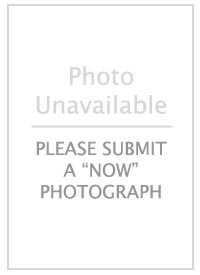“My first Red Flag was a 9th AF product flown 1974 or 1975. I was chief of plans in the 9th AF fighter tactics division and was given the project to develop a plan to exercise our fighter forces. The first exercise under 9th AF with Lt. Gen. James D. Hughes had A-10’s (attack mission), F-4s (air cover), KC-135s (refueling) F-100s (aggressor fighters), C-121 (exercise monitor), a SAR mission out of Homestead, and a Tactical Air Control System (monitor and control operations).
The target was at Avon Park Gunnery Range. The exercise was designed to put inexperienced aircrews in a high-threat environment as much as possible. It worked. As best as I can recall the scenario was our response to aggression in Iraq. I had my simple tape recorder onboard the C-121 and recorded the activity. We had an air refueling problem, and the guys had to think on their feet. They did a great job and the mission was continued. One of the A-7s dropped its bomb rack rather than bombs and there were other problems but that was the purpose of the entire exercise We wanted to place the troops into high-pressure “combat” environments and monitor their reactions. It was a total success.
When I played my tape back to General Hughes, he got a bit upset about the air refueling problem. I stopped the tape and explained the whole purpose of the exercise, and suggested he listen to the tone of the flight leader—how he shuffled the flight through AR and continued on the mission! General Hughes really liked the tape. (I think I have the tape somewhere.) In the summer of 1975, I went to TAC HQ. The 9th AF HQ was then under the command of Lt. Gen. James V. Hartinger and I briefed him on the concept of our plan. It was adopted by TAC as “Red Flag.” Today’s plan has the same objectives as the original 9th AF plan but it has been expanded and improved to meet the changing combat environment.”


